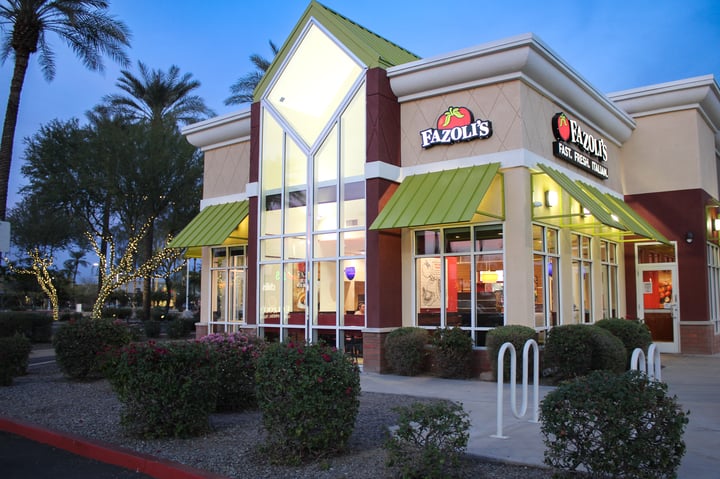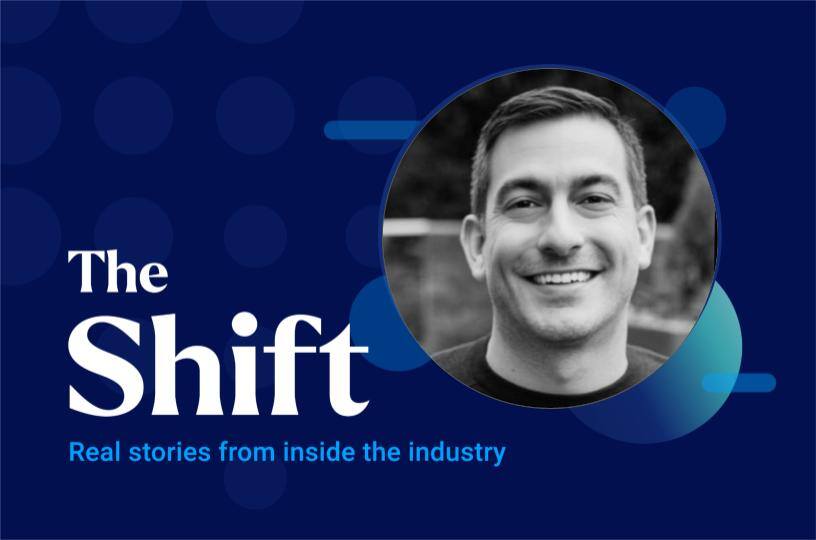
- Home
- Crunchtime Blog
- The Shift Where Everything Broke—the Fryer, the Cooler, AND the Law

The Shift Where Everything Broke—the Fryer, the Cooler, AND the Law
It was a typical bustling Friday rush. However, during this particular shift, chaos unfolded that would test the resolve of the staff and reveal unexpected compliance issues. As general manager (GM), I can’t say I didn’t see this coming. In fact, I tried to signal the alarm to leadership many times, along with my team, who often felt their feedback fell on deaf ears. But, it was this shift where everything came to a screeching halt and got us in some serious hot water—not the kind in the kitchen.
Let me take you through the shift from my perspective
Though it was summer at the time, things in our store were starting to snowball, and as GM, I often found myself seeing red—the color of our “request off” book where employees communicated their handwritten requests to management. As you can imagine, this method was far from foolproof. We also leveraged computer spreadsheets to print and communicate the finished schedules on a corkboard in the kitchen for the staff to review. Clearly, this was not a sophisticated solution, and really created a ripple effect of challenges to manage labor.
Time was a major issue. It was my responsibility to review and approve the schedules which were created by our assistant GMs. To put this into perspective, it took assistant GMs 2-3 hours per week to create the schedule, and then it took me another hour or so to review. That was 4+ hours every week, or 208 hours annually, spent on tasks that did not focus on coaching staff or driving great guest experiences.
Communication was another problem. There were frequent gaps in communication for time-off requests, which created friction between management and the hourly team members. When the team felt their requests were being ignored, they oftentimes ended up quitting, which contributed to high turnover levels and inconsistent guest experiences as the “help wanted” sign took up residency in our front window.
Decreased profitability completed the challenge trifecta. Because guests were not receiving the quality they deserved when we were short-staffed, our sales suffered due to fewer recurring visits or having to comp the meals when things went awry. Having to constantly train new employees meant we had to pay significant training wages, which also increased costs.
Without the necessary tools to succeed, burnout became more prevalent. Because of how our schedules were created, they did not adhere to forecasts, and essentially, the team just copied the schedule week-to-week when applicable. We were not leveraging data to drive ideal schedules to meet our guest demand, and we were constantly fighting an uphill battle to hit our labor targets. This typically led to making cuts during the week and running understaffed shifts. Additionally, spreadsheet based scheduling forced our managers to try to learn as much as they could about labor laws in hopes that our brand was adhering to local, state, and federal jurisdictions. I can’t speak for every restaurant out there, but I can assure you that we did not have a resident labor law expert on our staff, and I know most don’t, either.
Add all this up, and you create a boiling point
Which leads us to this shift in particular. As the rush began, the kitchen hummed with activity. Cooks swiftly prepared orders while servers darted between tables. But then, suddenly, the kitchen was quiet, and if you’ve ever worked in a restaurant, you know that isn’t a good sign. The fryer suddenly sputtered and went silent.
As our cooks improvised with alternative cooking methods, we tried to manage customer expectations, and began offering pre-cooked items from our cooler. As I reached in to grab a chicken Caesar salad and turkey wrap for one of the tables, an ominous rattling noise shrieked from the cooler.
Again, if you’ve ever worked in a restaurant it’s the type of noise where you instantly know that something is very wrong. Both the fryer and cooler had malfunctioned simultaneously, disrupting the entire shift’s service. This is the stuff that nightmares are made of. But unfortunately, it only got worse.
At some point in the midst of this, our regional director informed us that we were being fined for being in violation of a labor law protecting minors. It turned out that due to unforeseen staffing shortages earlier in the month, last-minute scheduling changes for our hosts had been made without taking into consideration the times minors were legally allowed to work, because of their age.
After hearing this news, the broken fryer and the cooler seemed like no big deal. The rest of the shift was a blur, but it was one that I’ll always remember as a turning point in my restaurant career. Though my passion has always been focused on restaurants, having held almost every position you can imagine, from that point on, I knew it was time to take a different approach in how I supported them.
Despite that shift where everything was broken, my passion was strong enough to draw me back into the restaurant industry. Though this time I’m looking through a different lens, working for restaurant technology providers supporting the industry I love, and the positions I once worked in myself.
I loved everything about managing restaurants, and the industry completely consumed me. I even liked the long hours, working weekends and holidays, and the challenges of managing complex personalities that varied from staff member to staff member. Luckily, I was fortunate to find my second passion: SaaS technology. While these two industries are polar opposites, I feel there are two underlying commonalities to their success: the ability to develop relationships and create brand ambassadors as well as the ability to thrive when the pressure and stakes reach their highest point. In my honest opinion, I truly have the best of both worlds.
About the Author—Anthony Rose is an Enterprise Account Executive at Crunchtime with a passion for technology and helping restaurants enhance operations to increase profit margins. Anthony has over a decade of experience working in restaurant management, and has held numerous positions in the industry.
The Shift is an industry-focused blog series from contributors who share their inside perspectives on life working in foodservice and restaurants. Click here if you're interested in sharing your story on The Shift.
Share this post
Related

The Intersection of Employee Training and Operations Execution: 4 Insights for Operators


